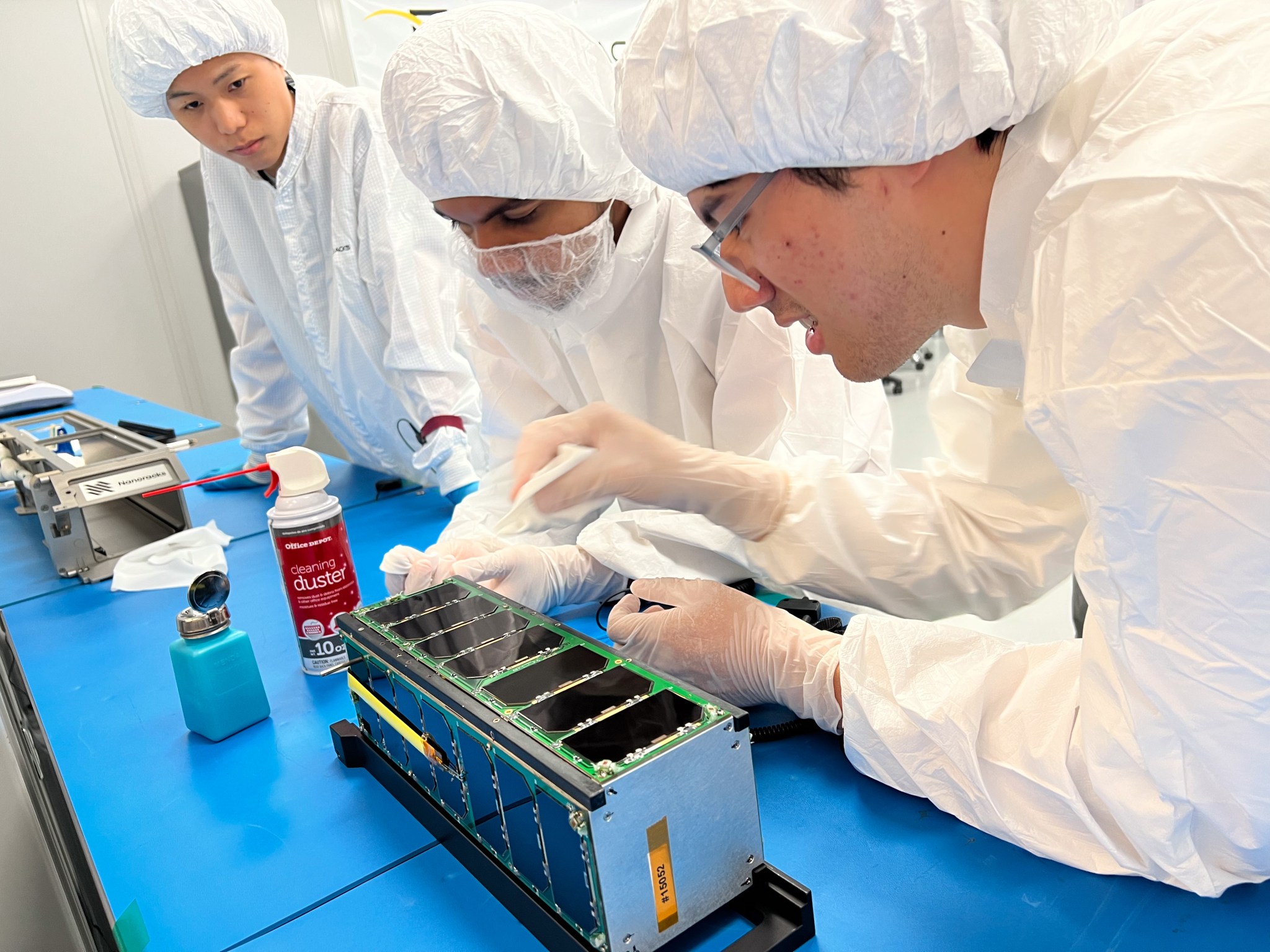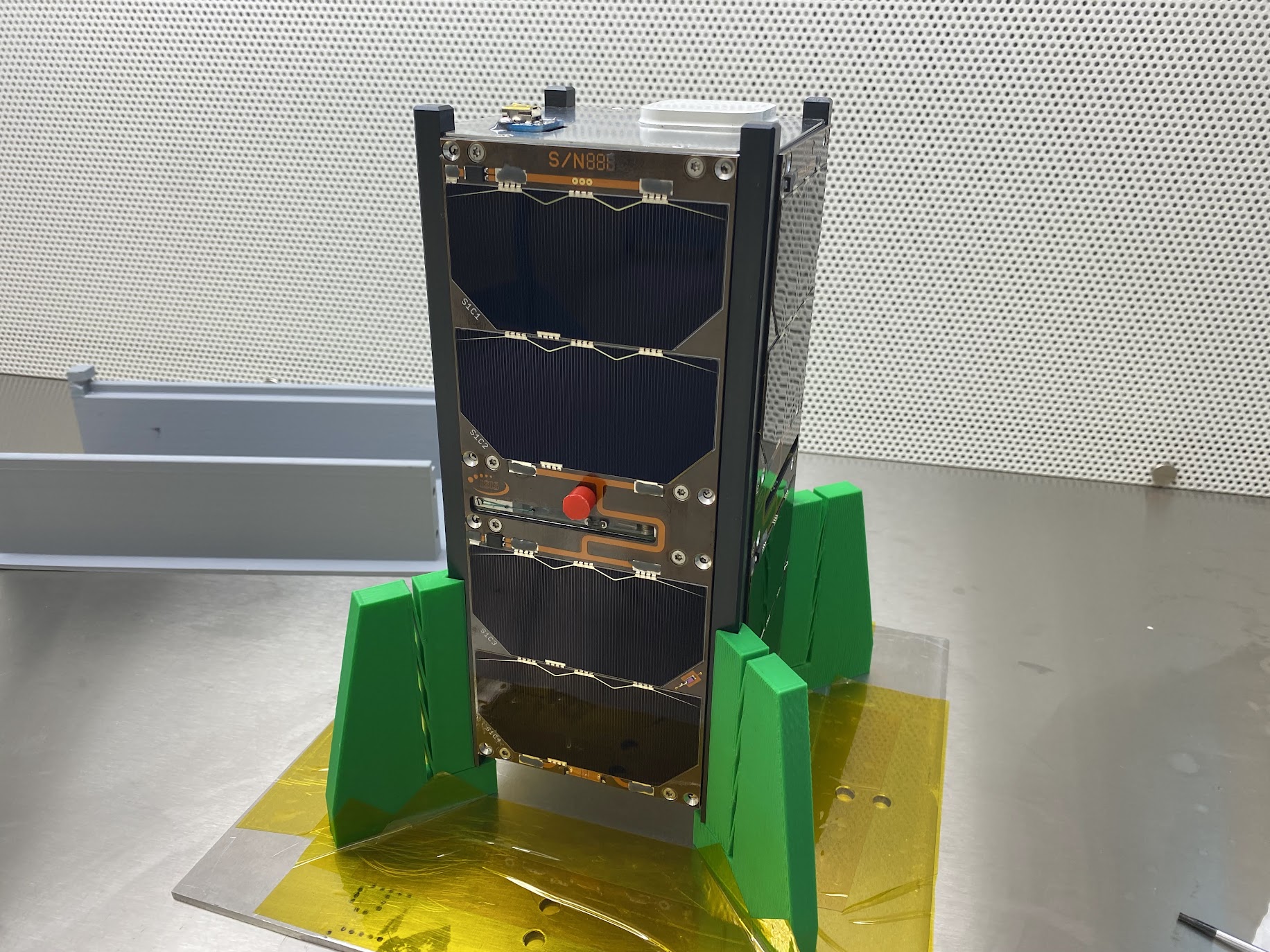
NASA selected 10 small research satellites across eight states to fly to the International Space Station as part of the agency's efforts to expand education and science opportunities, support technology advancement, and provide for workforce development.
These small satellites, or CubeSats, use a standard size and form measured in units. One unit (1U) is 10x10x11 centimeters and allows for the modular design of larger CubeSats measuring up to 12U. CubeSats encourage greater collaboration across government, industry, and academia because they are modular and inexpensive to build and launch. The small satellites allow for rapid development and provide a cost-effective means for science investigations and technology demonstrations in space.
This year's selections include the first project from Delaware, three from minority serving institutions, and a submission from a K-12 school. New participants include the University of Delaware, Oakwood School in California, California State University, Long Beach, California State Polytechnic University, Pomona, and the University of Chicago.

NASA's CubeSat Launch Initiative (CSLI) selected the missions, currently planned to launch in 2025 to 2028, in response to a call for proposals on Aug. 7, 2023.
The complete list of organizations and CubeSats chosen during CSLI 15th selection round are:
- University of Louisiana at Lafayette - CAPE-Twiggs (Cajun Advanced Picosatellite Experiment) will serve as a first prototype of a 3U CubeSat designed to contain and launch tethered SlimSat modules into very low-Earth orbit. Having launched successful CubeSat missions in the past, the university's current project will work with several other schools with little or no experience on the design, build, and operations of their own SlimSat module. CAPE-Twiggs will enhance both STEM education and the ability to conduct regular and collaborative space-based experiments on a larger scale.
- Oakwood School in California - NyanSat is a 2U CubeSat designed and built by a K-12 independent school in rural California. This mission will serve as template for educational outreach and space technology development. NyanSat features several technology development payloads, each designed to test and demonstrate the efficacy of various new systems in the space environment. Included among these are the acoustic spacecraft mapping and sounding payload, aimed at simplifying sensor architectures in spacecraft and providing supplementary mission information, and the cryptographic ledgers in space payload, intended to verify the feasibility of space-based digital notaries for on-Earth and in-geospace transactions.
- University of Hawaii at Manoa - CREPES (CubeSat Relativistic Electron and Proton Energy Separator) aims to study solar energetic particle events and increase our knowledge of the Sun. CREPES will fly a new type of micropattern gaseous detector using gas electron multipliers to amplify the signals of radiation. Data obtained from these measurements is expected to contribute to the understanding of space weather and development of space climatology. The University of Hawaii at Manoa is a minority serving institution and has previously launched a CubeSat with the program.






